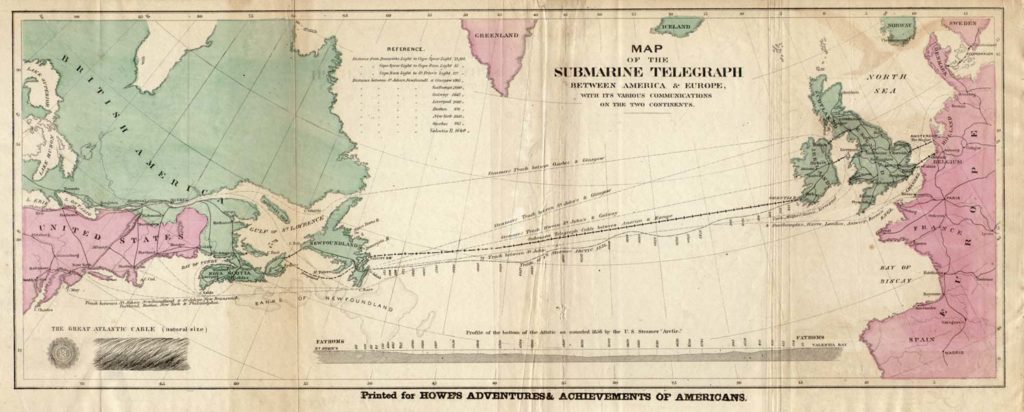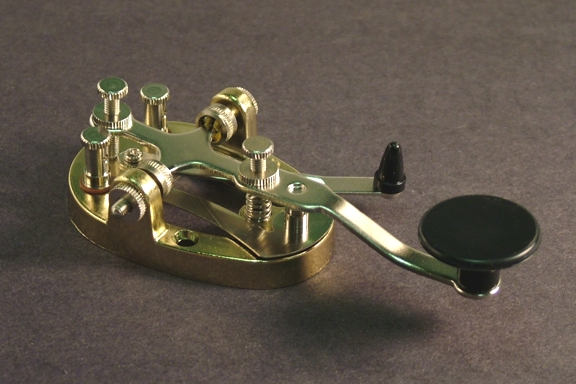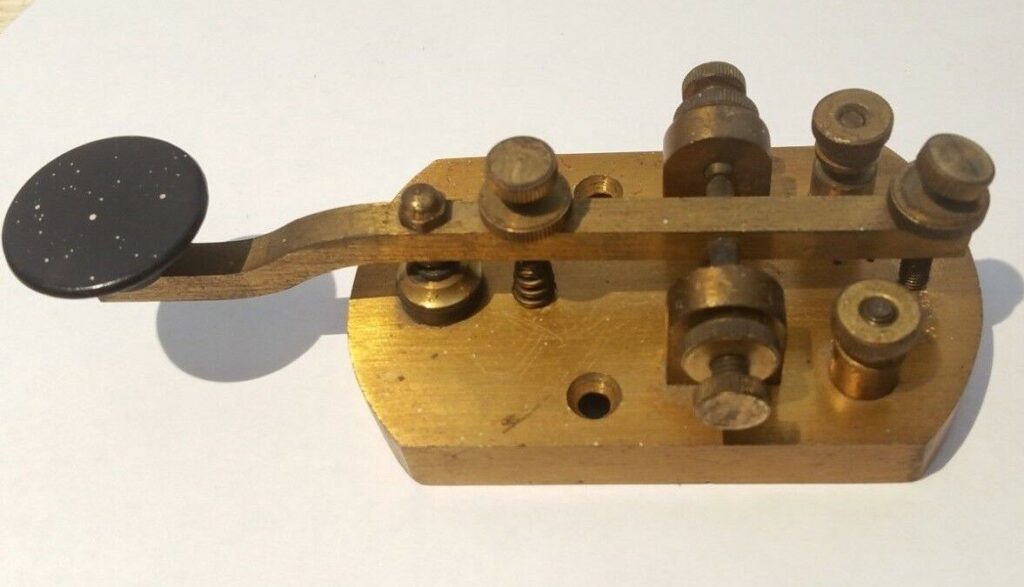By 1851 more than 50 telegraph companies were in operation in the United States. One of the most significant was the New York and Mississippi Printing Telegraph Company, which was soon consolidated with a number of other start-up telegraph companies into the Western Union Telegraph Company in 1856. Western Union became the dominant telegraph company in the United States. In 1861 it completed the first transcontinental telegraph line, connecting San Francisco to the Midwest and then on to the East Coast. After the Union Pacific Railroad was finished in 1869, much of the line was relocated to run along the railroad right-of-way to facilitate maintenance. (Read more)

New technology and devices kept appearing and led to a continual evolution of the telegraph industry during the latter half of the 19th century and the first half of the 20th century.
During this time of rapid change in the telegraph industry a new device, the telephone, was patented by Alexander Graham Bell in 1876. Although the telephone was originally expected to replace the telegraph completely, this turned out not to be the case: both industries thrived side by side for many decades. Much of the technology developed for telephony had parallel applications in telegraphy. A number of systems were developed that allowed simultaneous transmission of telegraph and telephone signals on the same lines. (Read more)
Items on display in the Archives:
Ameco brass telegraph key AM-K4, Japan, 1950s (without base)

Signal Electric Mfg. Co. telegraph sounder with International code chart, made between 1928-1934

KS-3106 telegraph register, manufactured by Foote, Pierson & Co. Inc. of
Newark, N.J., U.S.A.



